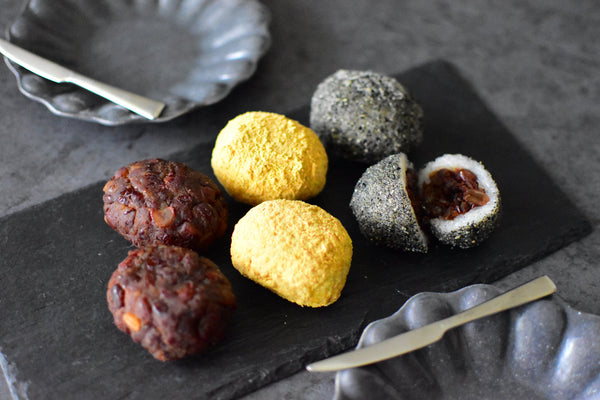
How to Make Ohagi (Japanese Sweet Rice Balls for the Autumn Season)
The combination of anko (sweet azuki red bean paste) and mochi is a popular staple in traditional Japanese sweets. One such treat is ohagi.
Ohagi, also known as bota-mochi, is made with anko and mochigome (glutinous rice). Unlike mochi, where the rice is pounded into a smooth, sticky texture, ohagi keeps the rice grains intact, giving it a chewy texture. This unique texture is what makes ohagi special, allowing you to feel the individual grains as you eat.
Ohagi was originally created as an offering during ohigan—a Buddhist event held twice a year when people honor their ancestors by visiting graves. It is often paired with tubuan, a chunky version of azuki red bean paste. The red color of azuki beans was thought to ward off evil spirits, and since sugar was once a luxury, the combination of azuki and sugar was a special way to show respect to ancestors.
Although similar, ohagi and bota-mochi are slightly different. In spring, people eat bota-mochi, named after the botan (peony) flower, while in fall, they enjoy ohagi, named after the hagi (bush clover) flower. Another difference is that bota-mochi is made with smooth anko (koshian), while ohagi uses chunky anko (tubuan).
While tubuan is the most common filling for ohagi, there are other flavors like kinako (roasted soybean flour) and black sesame seed, which also have tubuan inside.
Some recipes use a mix of mochigome and regular rice (uruchimai), but I prefer using 100% mochigome for a more chewy, mochi-like texture. To keep the rice soft, I add sugar during the steaming process, which helps it stay moist.
Overview
Prep time: 20 mins
Cook time: 50 mins
Total time: 1hr 10mins
Total servings: 6
Difficulty: Medium
Ingredients
- 150g Mochigome (sticky rice, glutinous rice)
- 180ml Water (for steaming)
- 1Tbsp Sugar
- 190g Chunky Azuki Red Bean Paste
- 1Tbsp Kinako Powder
- 1Tbsp Sugar (for the kinako mixture)
- A pinch of Salt
- 1Tbsp Ground Black Sesame Seeds
- 1Tbsp Sugar (for the black sesame seed mixture)
- A pinch of Salt (for the black sesame seed mixture)
Expert's Tip
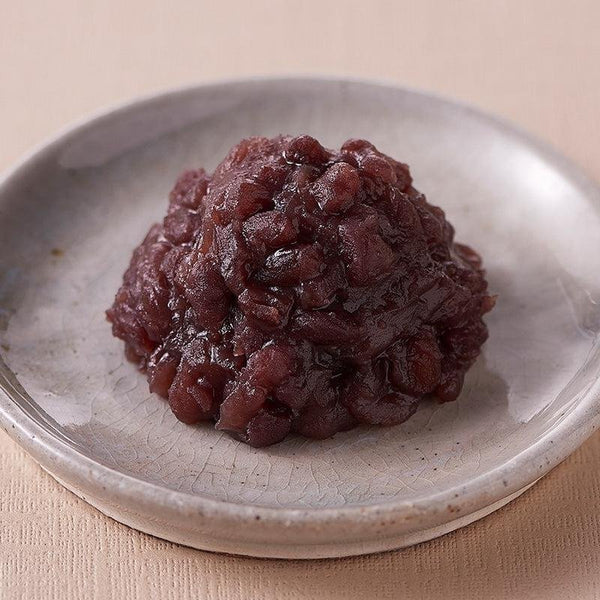
Instructions
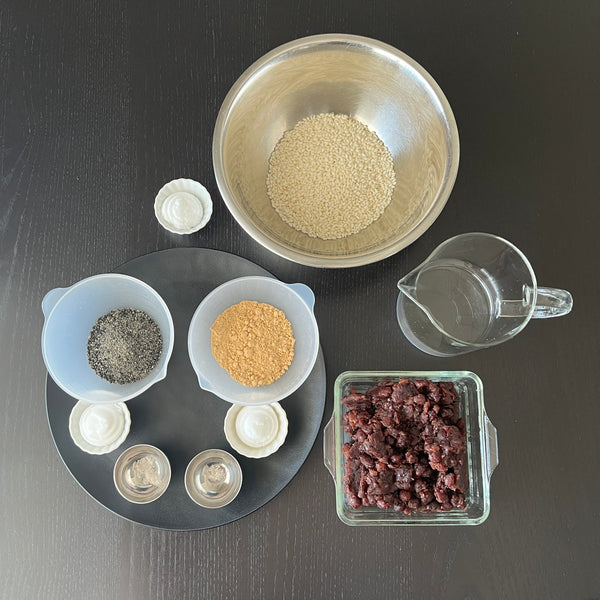


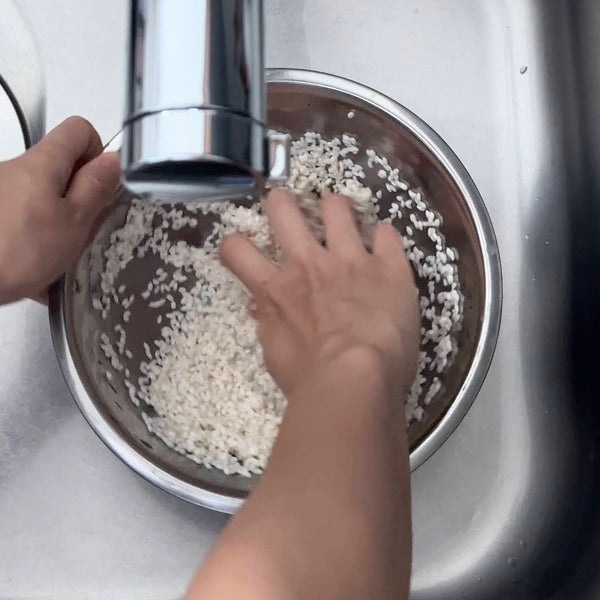
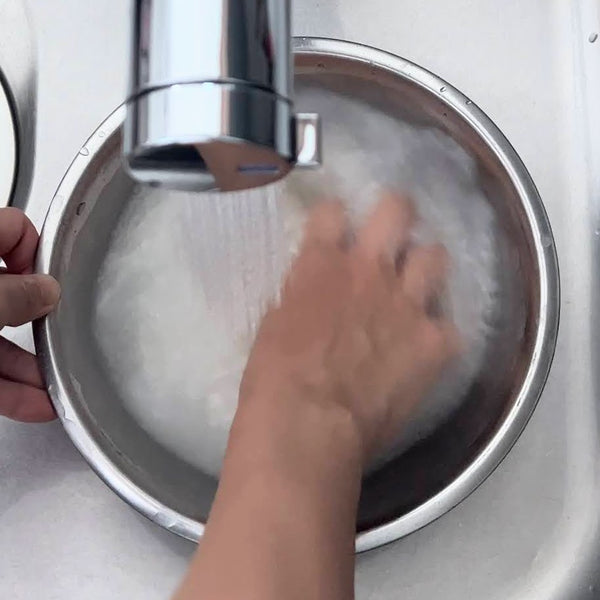
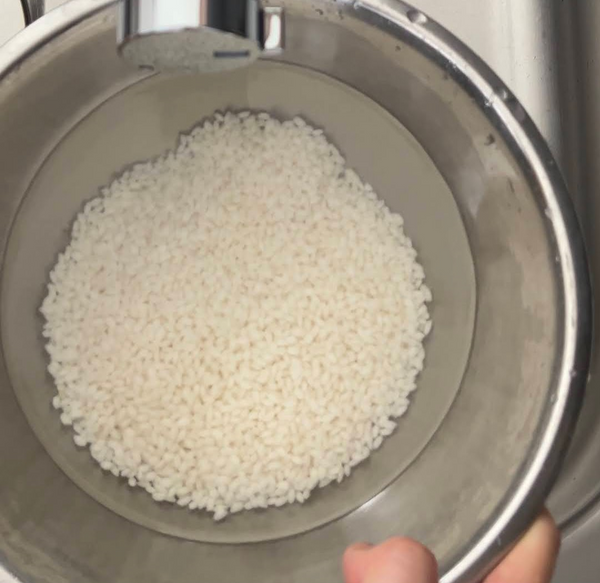

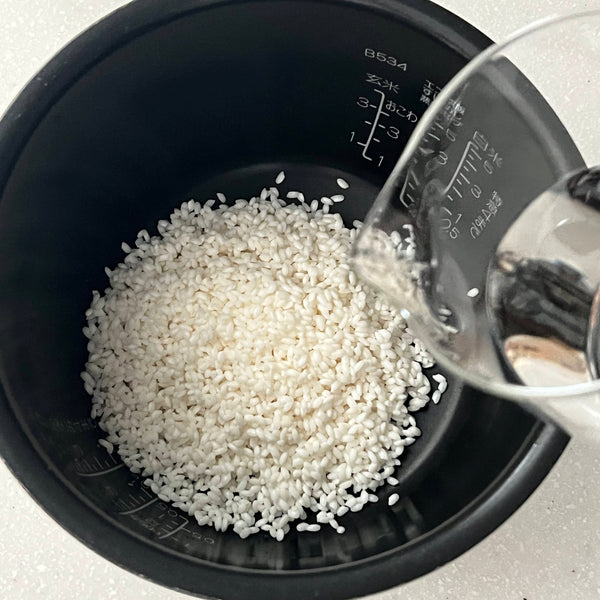
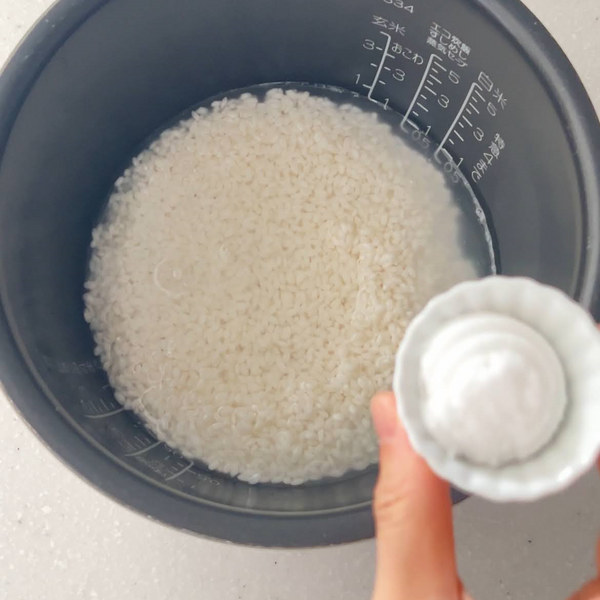

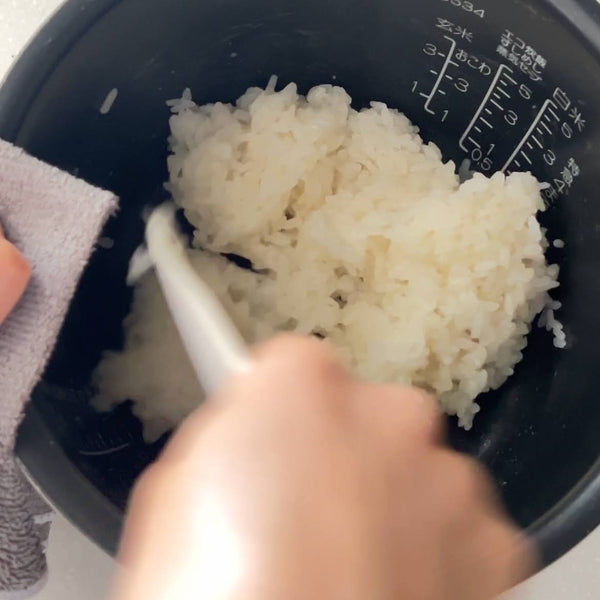
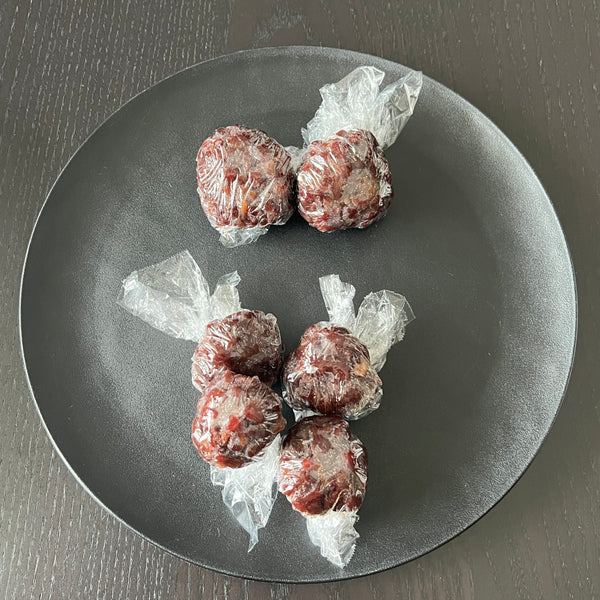


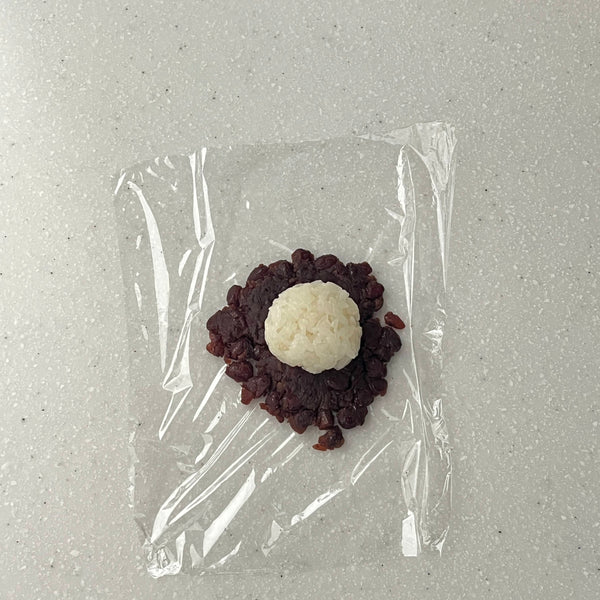
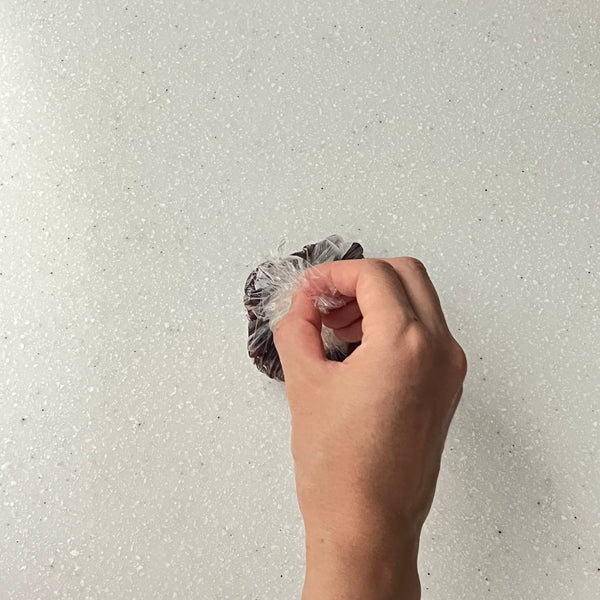
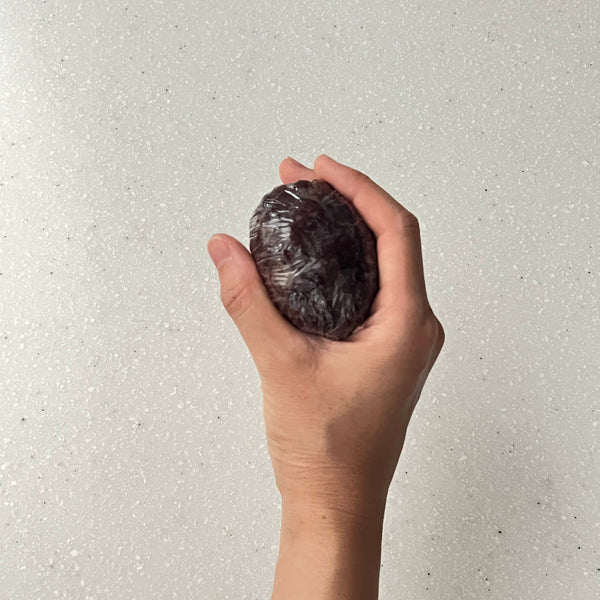

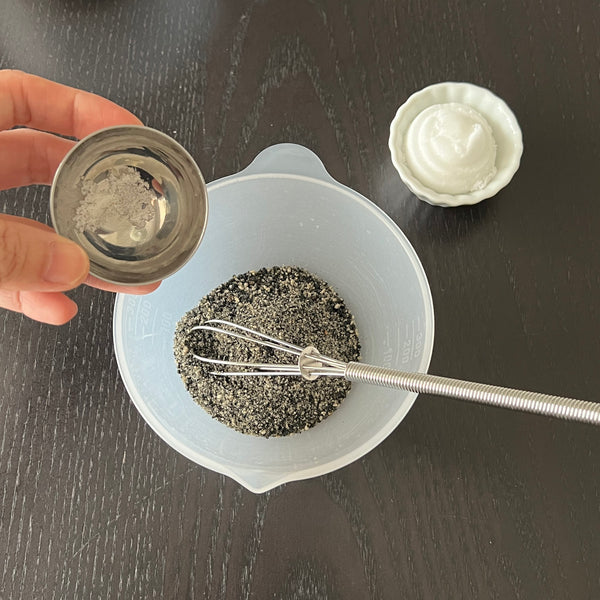
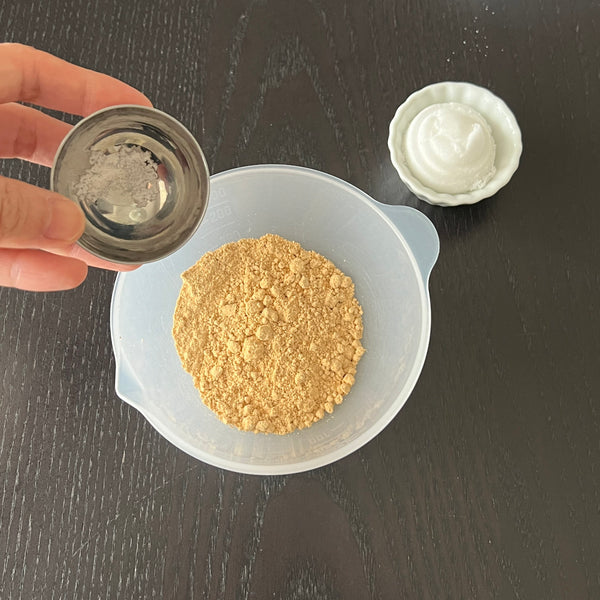
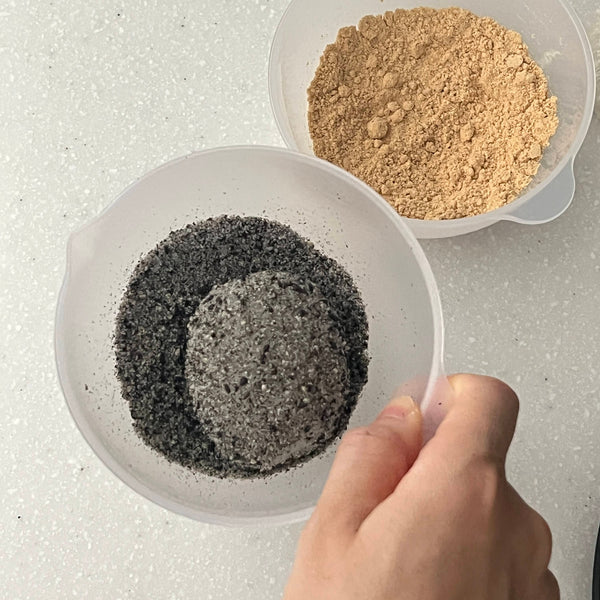
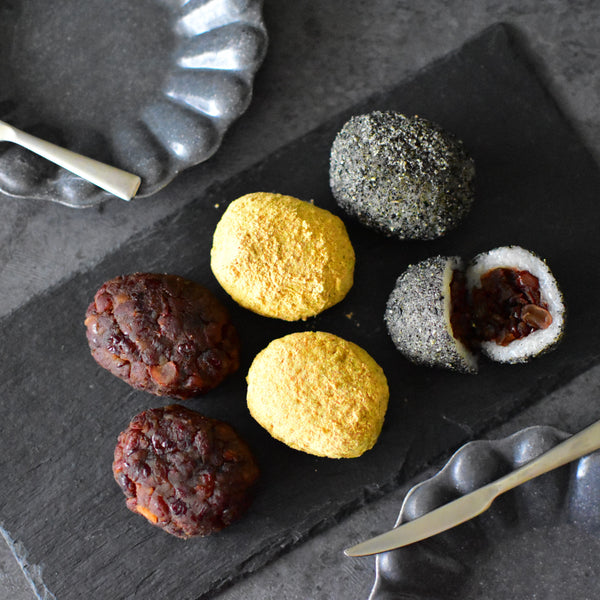
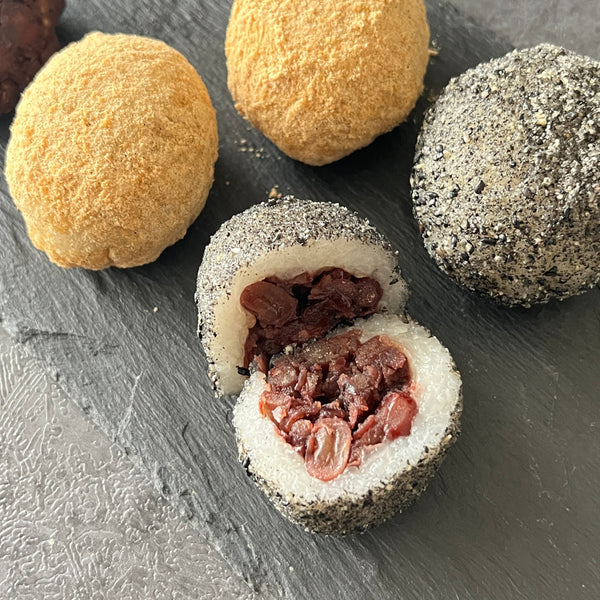
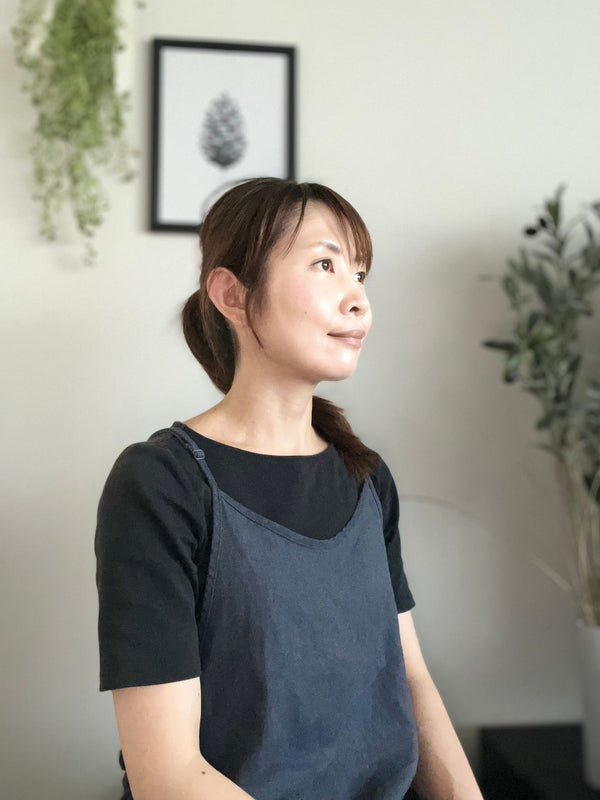

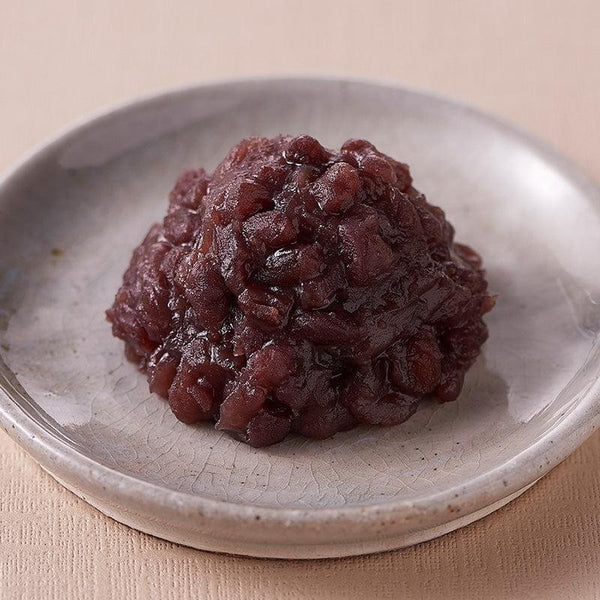
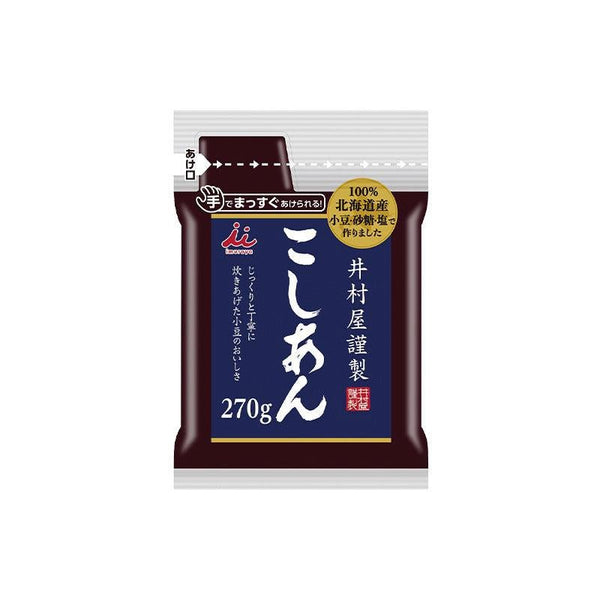



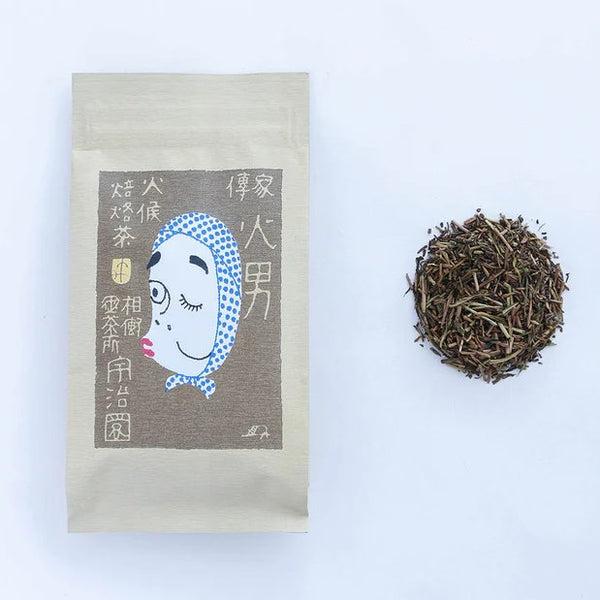

0 comments